Kirindy Private Reserve – a Wildlife Oasis in Madagascar
Kirindy Private reserve is a true wildlife Oasis – a spot of hope amidst the destruction caused by human development in Western Madagascar. Formerly a Swiss forestry training station and now an active German primate research base, Kirindy Private Reserve is an absolute gem.
This 120-square-kilometre tract of dry deciduous forest is one of Madagascar’s truly outstanding natural areas – a fauna and flora hotspot amidst encroached lands. Kirindy was established in the late 1970s as an experiment in sustainable logging and forest management and is now a protected area. A look at the cleared (and degraded) land on either side of the reserve and we appreciate on just how important this protected area is.
Wildlife of Kirindy Private Reserve
Kirindy is particularly famous for two things: The Fossa and the Lemurs – especially the nocturnal ones. This is one of the few places on the Island where you can see the shy Fossa – the top predator of Madagascar, quite easily. Kirindy has the highest concentration of Fossas than anywhere else on the Island. This is most probably because of the high density of nocturnal lemurs. Lemurs are the primary food for the Fossa.

If you are lucky, you have the opportunity to spot the ‘Smallest Primate in the world’ – Madame Berthe’s Mouse lemur. This tiny lemur is found only at Kirindy private reserve and surrounding areas. It is the smallest of the mouse lemurs and the smallest primate in the world. It’s average body length is only 9.2 cms (to contrast: a sparrow is around 15 cms!) and its weight is around 30 grams. Sadly, being a specialist creature living in only one environment, the rapid destruction of its habitat makes the future of this species quite bleak!
The other wildlife found in this magnificent forest are 40 bird, 50 reptile and 15 amphibian species. This is in addition to an equally remarkable flora including 3 species of the Baobab tree. Kirindy forest also has its own ‘Baobabs of love’ – basically two Baobab trees which have grown intertwined with each other! The more famous Baobab Amoureux is south of Kirindy on the way to Morondava. But spotting this unique phenomenon is a pleasure – ask your guide to take you there on your walks.
Things to do in Kirindy Private Reserve
To start with watch our video blog on visit to this lovely forest:
Nature Walk
A leisurely walk in the Kirindy forest is the best way to appreciate this wildlife oasis. Of course, the night walks are famous – but they tend to be ‘focussed’ (on lemurs) and are quite short. But, the day-time nature walks are great for spotting the other denizens – including the day lemurs, birds and to appreciate the trees!
Even after the walk, a simple leisurely jaunt around the Kirindy lodge itself can be rewarding. The birding is quite nice, and it is a great opportunity to spot some chameleons and lizards as well. Of course, the Fossa would always be lurking around the lodge looking for scraps. The usually shy Fossa are quite tolerant of human presence in Kirindy around the eco-lodge and this is a great opportunity for great photos.
Night walks
Yes, this is one the best places in Madagascar for going on night walks to spot the elusive nocturnal lemurs. These tangled woodlands house six nocturnal species, alongside the two diurnal lemur species (i.e. the Brown lemurs and the Verreaux’s sifakas). The nocturnal species are the rare Coquerel’s giant mouse lemur, Pygmy mouse-lemur, Fork-crowned lemur, Grey mouse lemur, Western fat-tailed dwarf lemur and the Red-tailed sportive lemur.
The guides are well trained and are aware of the ‘hotspots’ for various species of lemurs. They also have very keen eyes in addition to having good powerful torches. Normally, you can spot at least 3 species of the nocturnal lemurs during the amazing night walks. Do tell your guide to show you the other inhabitants of the forest in addition to the star protagonists – the lemurs. Spiders, Chameleons, amphibians – all are great nocturnal sights and would enhance your night walk experience!
Birding at the Kirindy Lodge
Birding is a pleasure in Kirindy – especially in the clearing around Kirindy lodge. Paradise flycatchers (the male is simply spectacular), Crested and Coquerel’s Coua, the gregarious Sakalva weavers, Souimanga and Madagascar green sunbird etc. are all quite easy sights. We were very lucky to spot the Madagascar Crested Ibis – usually shy and very difficult to spot! The Sickle billed Vanga and the Mestites (White breasted) are the other birds to look out for in Kirindy. Mesites as a family are found only in Madagascar and spotting this bird would be a unique addition to your bird list!
Take an appointment with the Giant Jumping Rat
Do ensure you try to spot the rare and strange Giant jumping rat (Malagasy Giant Rat or the local name votsotsa/ votsovotsa. Latin name: Hypogeomys antimena). This rare rat is endemic here and found only in this reserve – nowhere else in the world! The Malagasy Giant Rat is the only living species of its genus. They can jump nearly 40 inches into the air when threatened. (hence the name!). You can actually book an appointment to see this very rare species: If you are staying at the Kirindy lodge, you can request the staff to wake you up when the Giant Rat makes its appearance in the camp! The disturbance to your beauty sleep would definitely be worth it – the satisfaction of observing a rare, endangered and endemic species is truly special.
Planning for Kirindy Private Reserve
Barely 2 hours away from Morondava, we strongly recommend a minimum of a night’s stay at Kirindy. There are two options to stay here – first and recommended option is the Kirindy Lodge – which is inside the reserve. The second are options outside the reserve but quite nearby – maybe the Relais du Kirindy (luxury with a pool). Alternatively, for a different experience, you can also consider staying at the nearby (> 1 hour away) Lodge de la Saline (swamp, salt plains). Of course, there is always the option to stay at one of the nice beach side resorts at Morondava.
A disclaimer: Kirindy Eco-lodge is quite ‘basic’ with budget accommodation and facilities. You are staying in an eco-lodge and hence expectations of luxury / comfort might be misplaced! Staying in the wild would also mean that you get to see the Fossa just around (or underneath) your cottage!
Note: Do not get confused with the similar named Kirindy Mitea National Park. Kirindy Mitea is a larger protected area and is south of Morondava and could as well be a great visit with quite a difficult journey. Kirindy we refer to above is much smaller and a private reserve as well as a functioning primate research station.
Concluding Thoughts
The Grand Tsingy and the Avenue of Baobabs are often the only focus destinations for tourists visiting Western Madagascar. It is tragic that most of them miss out on Kirindy – a true wildlife gem. Kirindy allows you to experience some of the highlights of Madagascar: spotting the Fossa and some of the rare nocturnal lemurs. Do make out time for at least a nights stay at the Kirindy Eco-lodge – we assure you it would be worth the time and effort!
Check out our itinerary for Western Madagascar here.



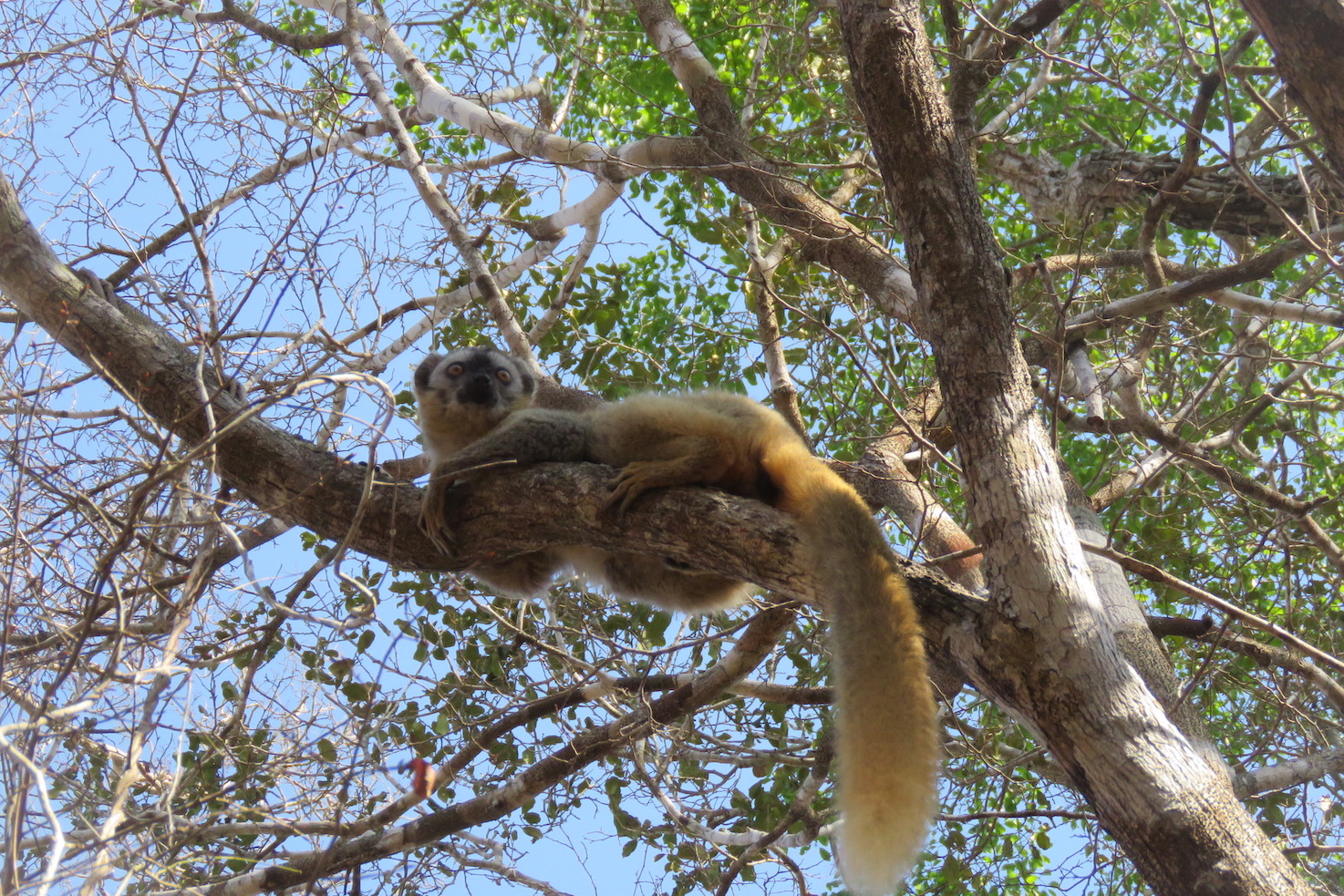
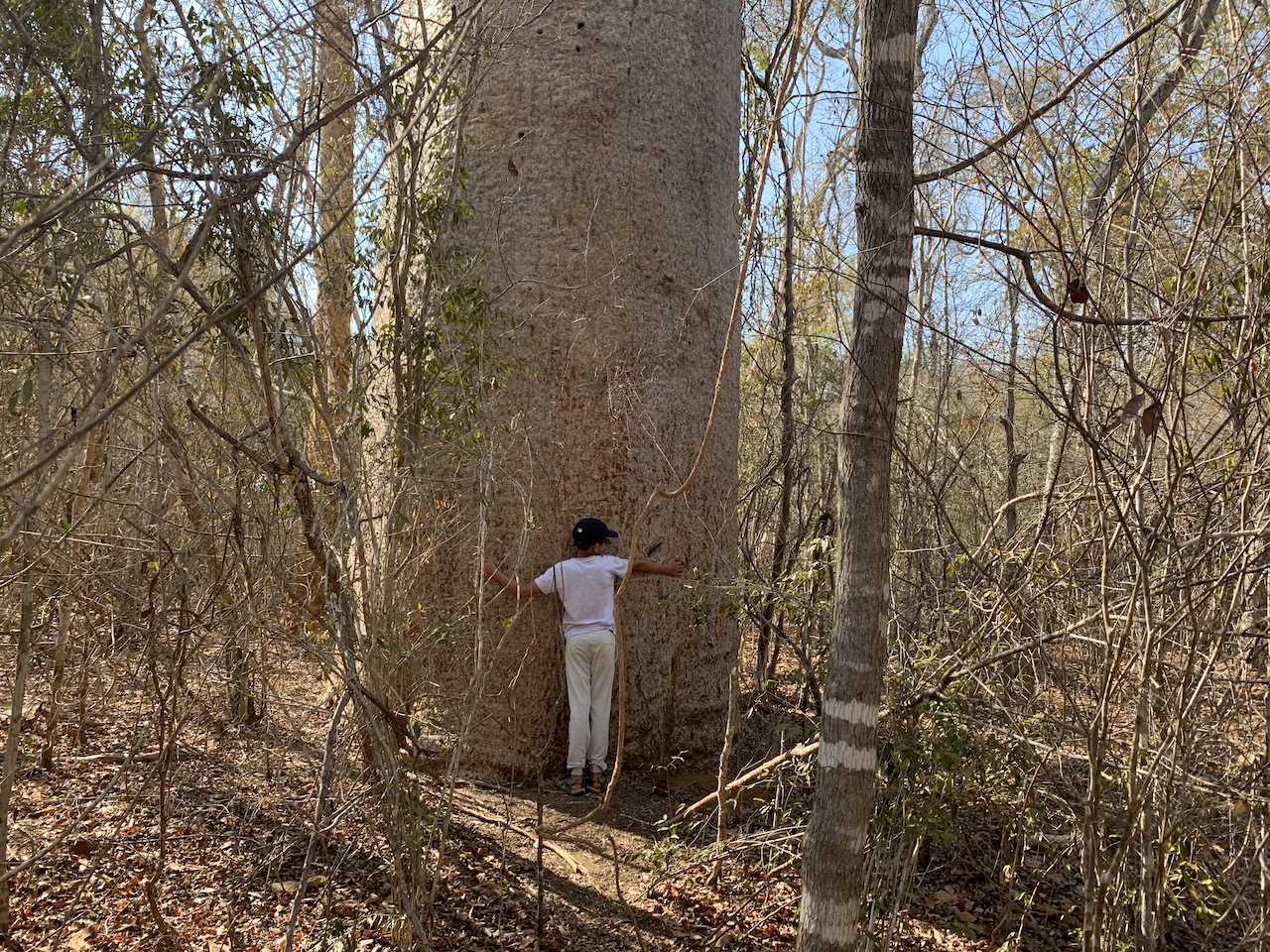

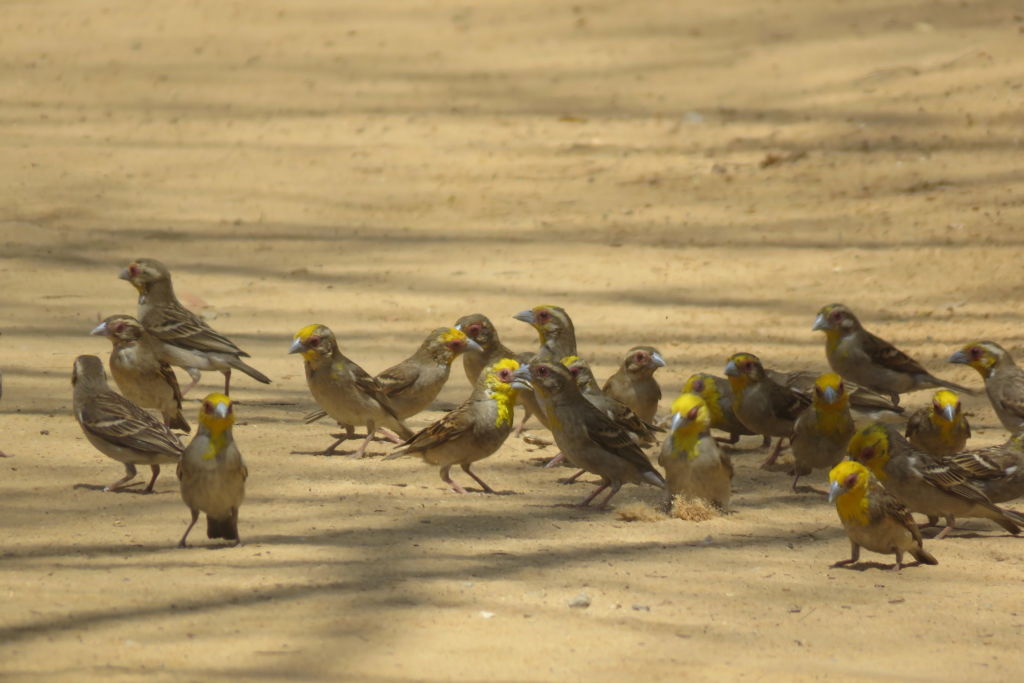
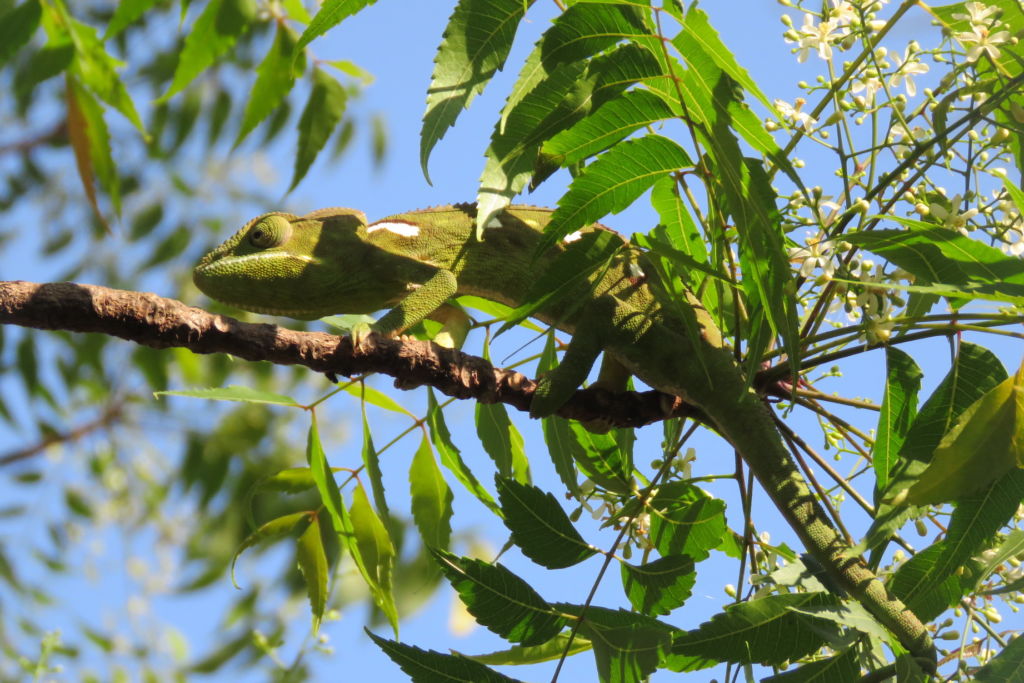

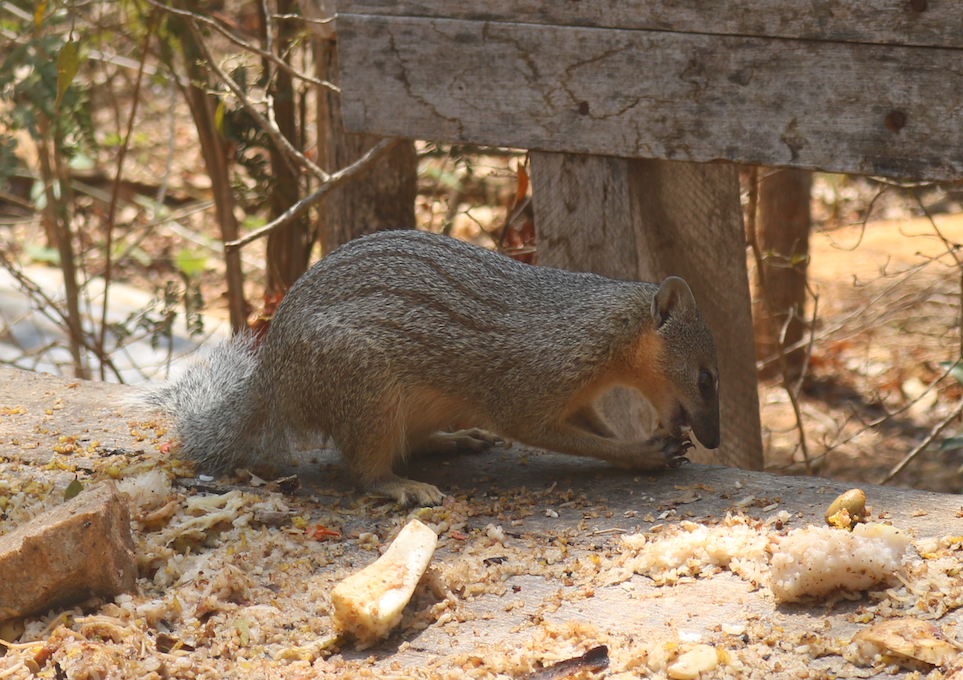
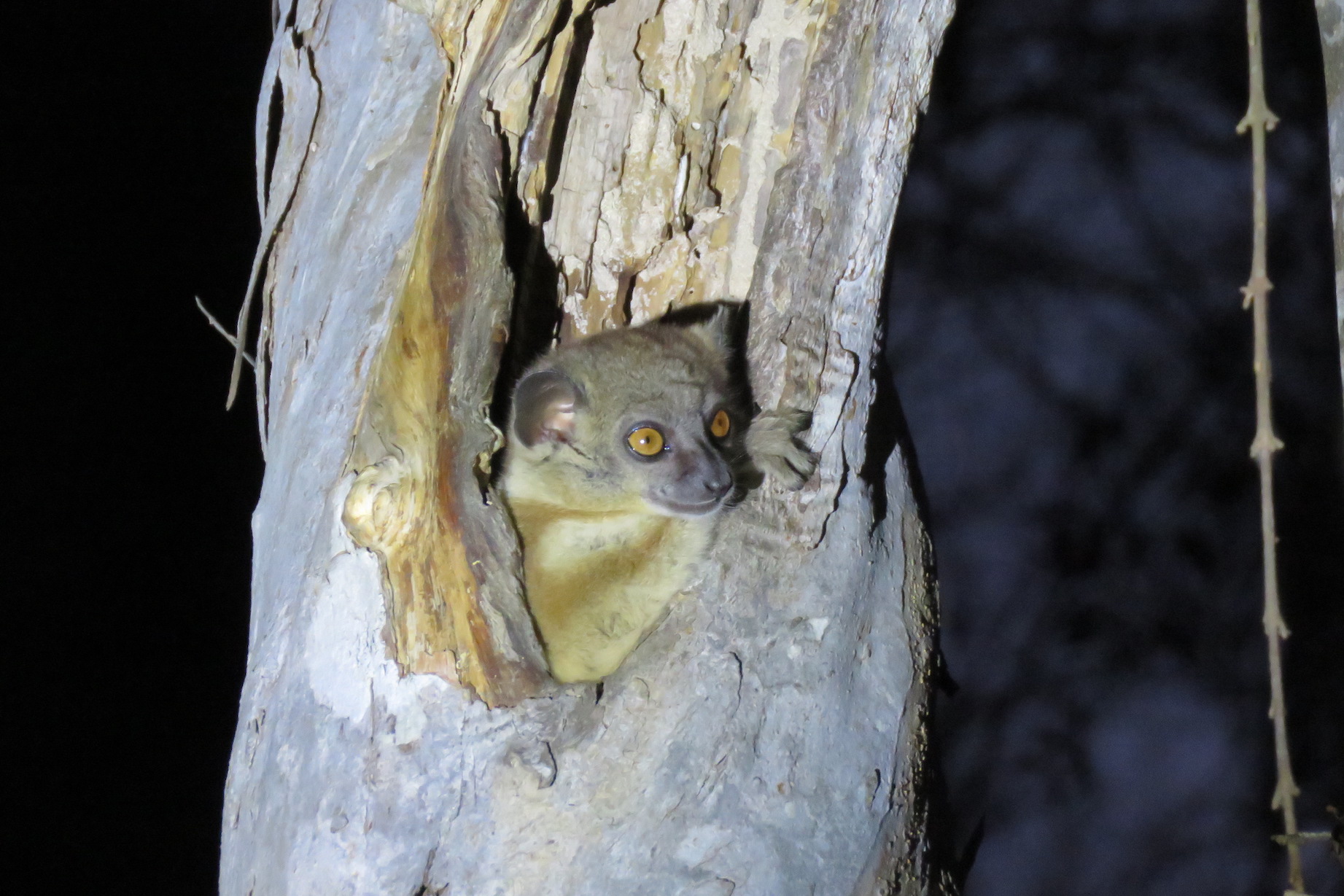
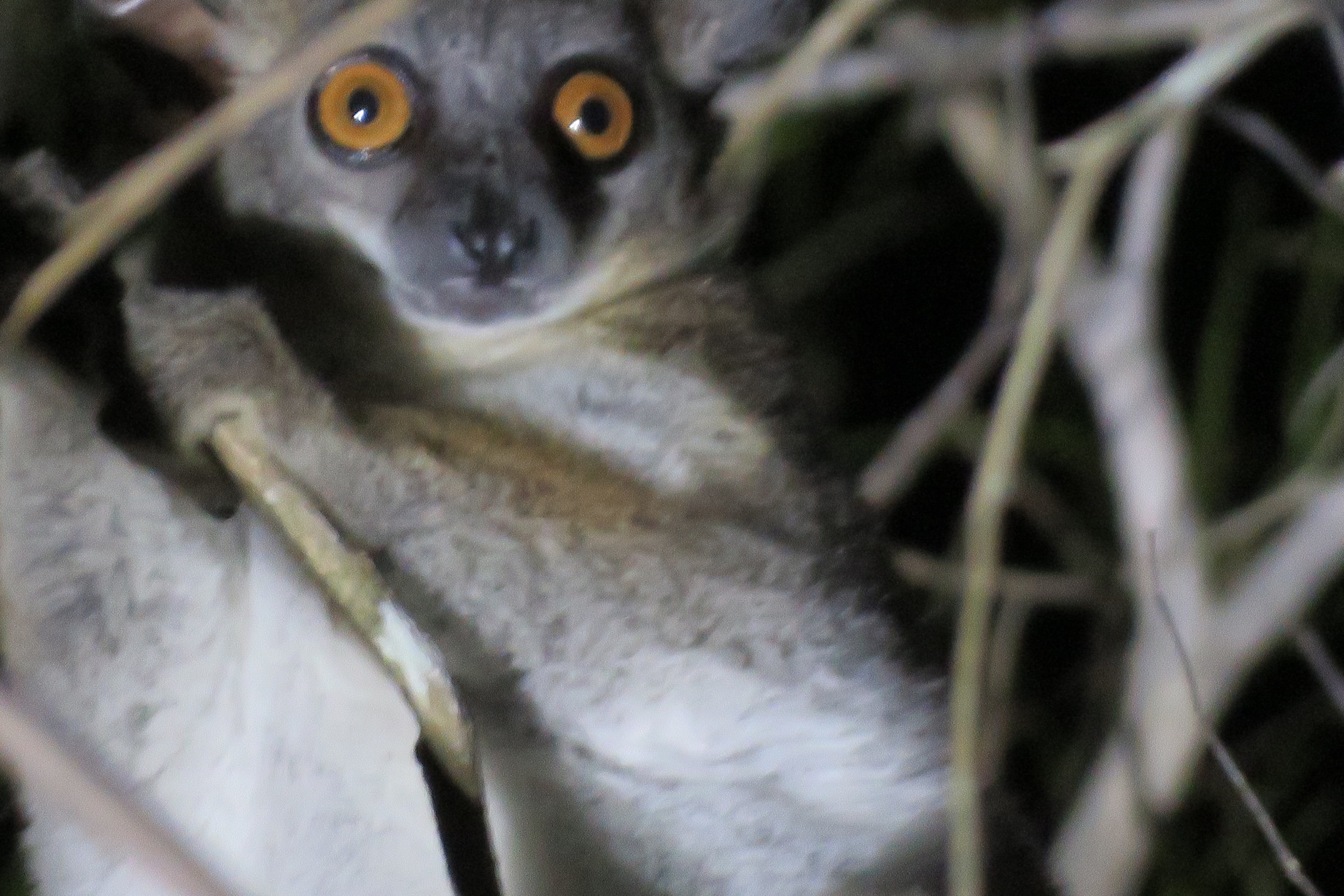


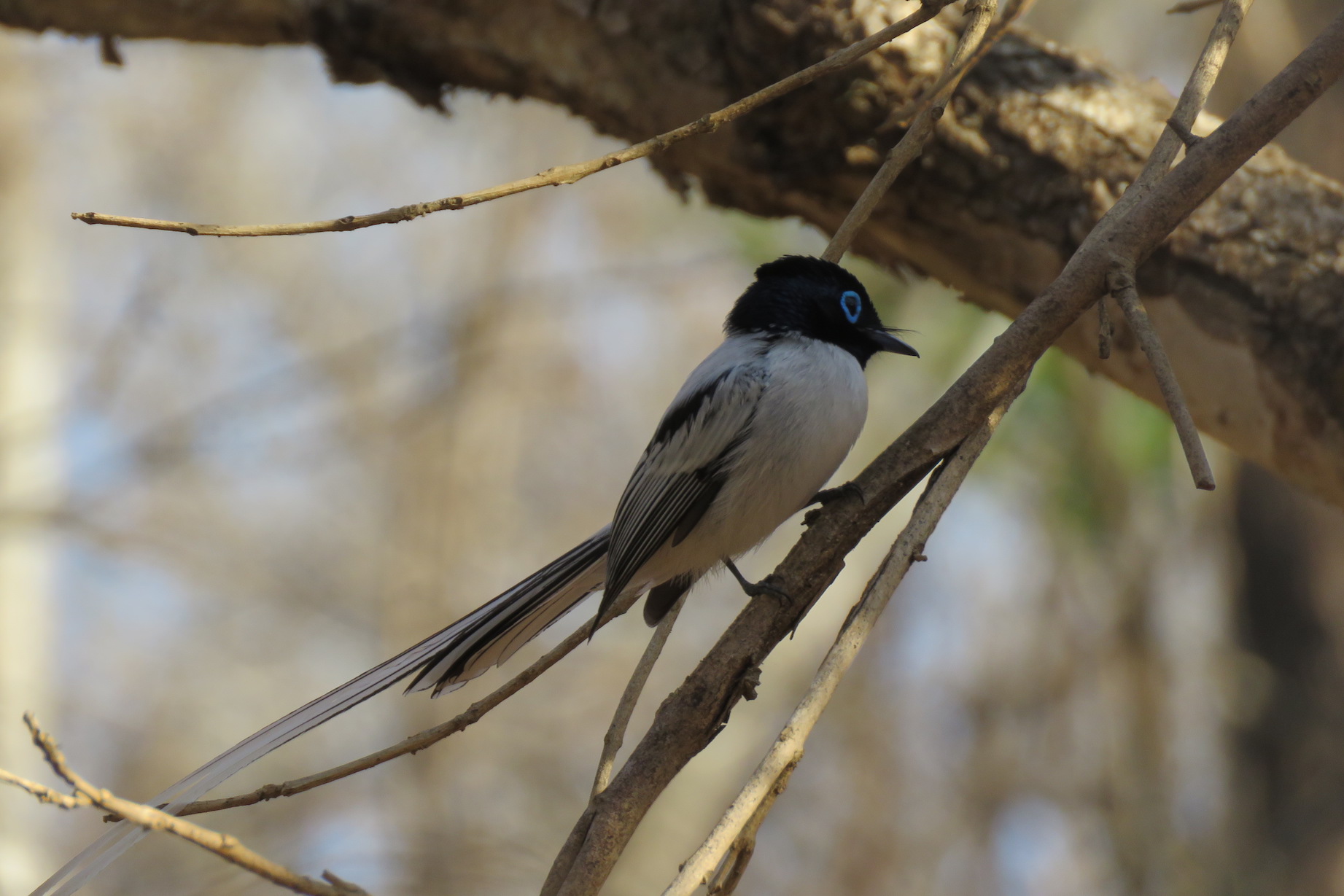

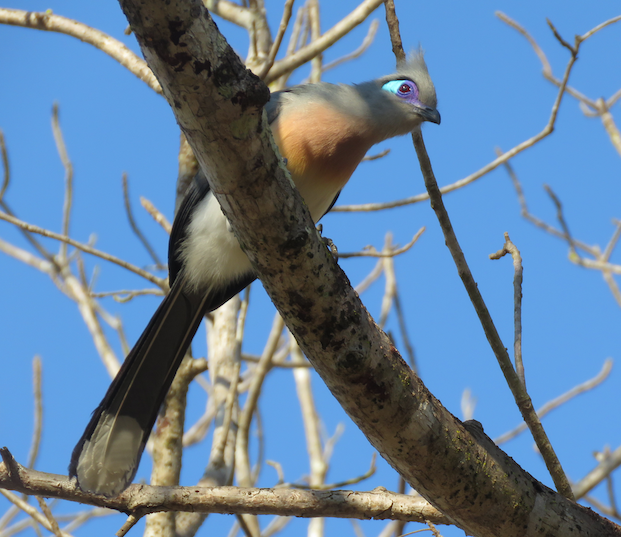
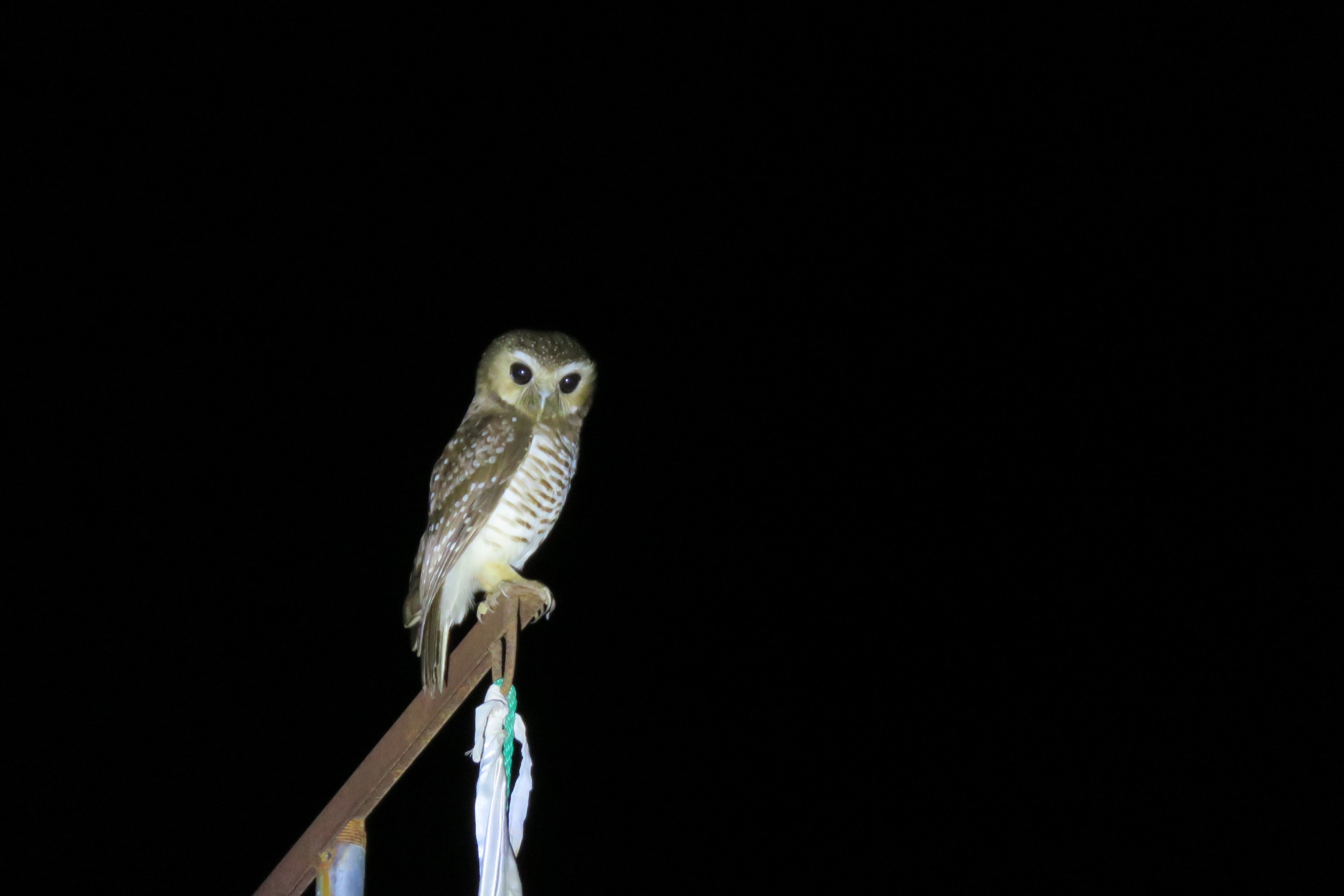
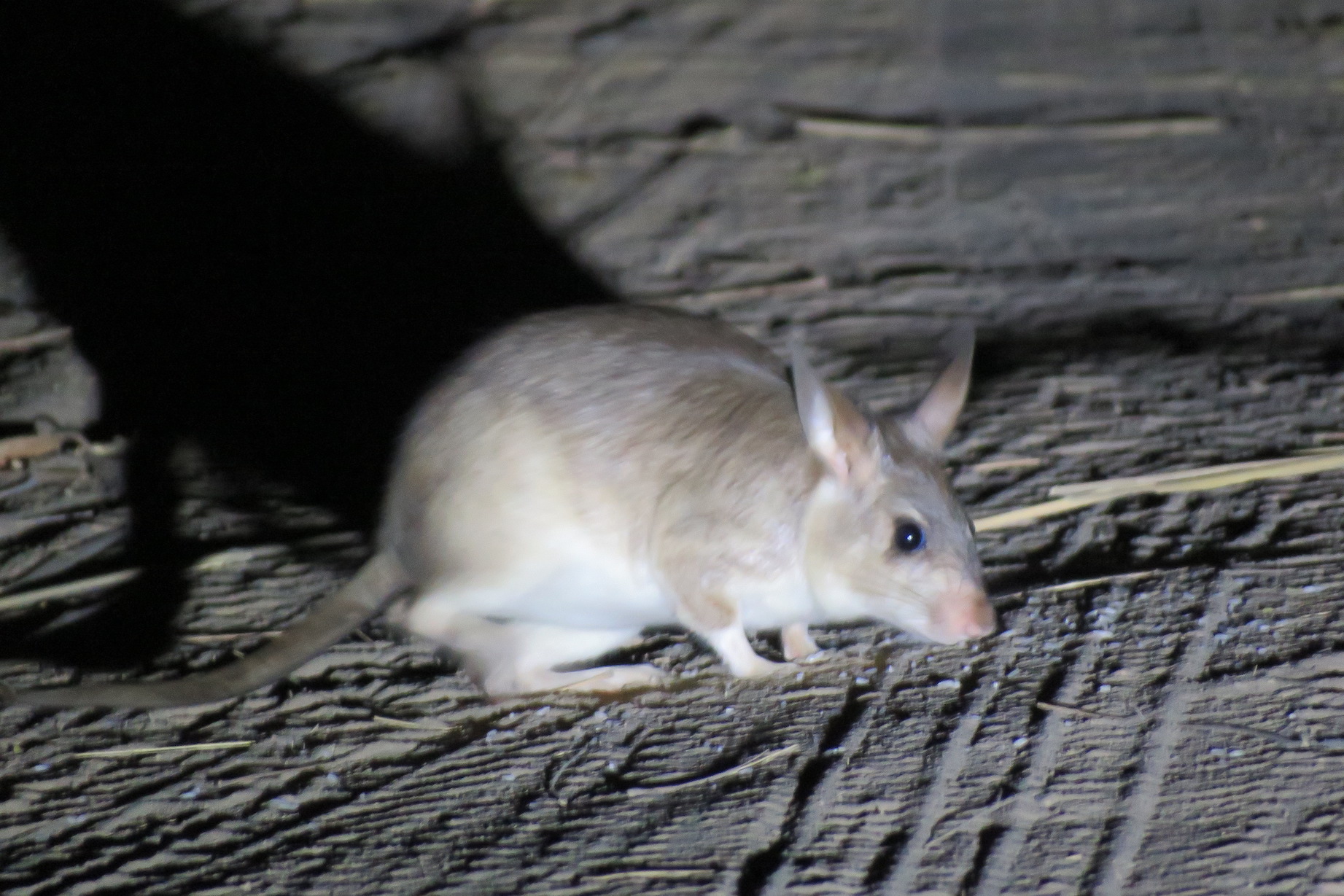
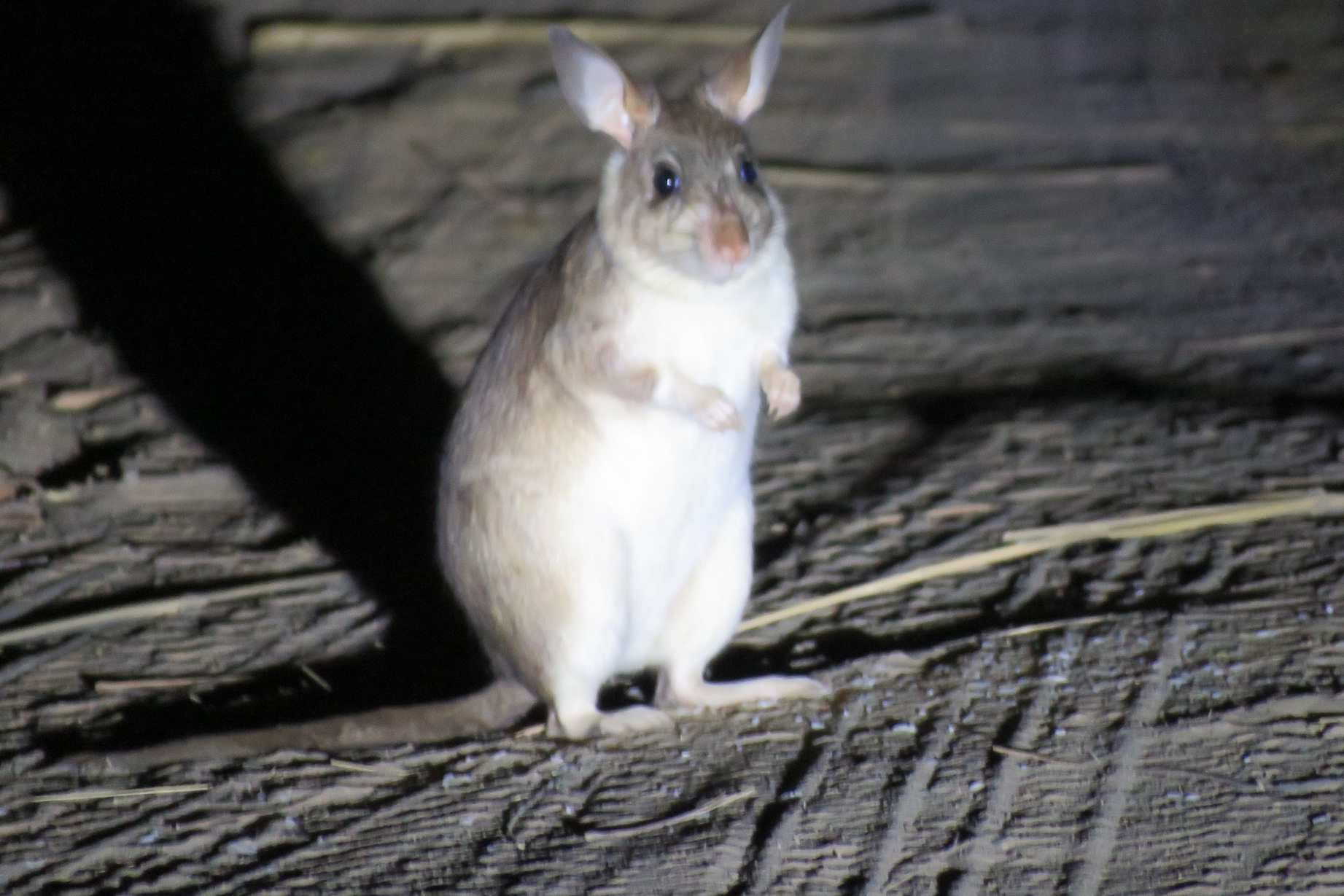
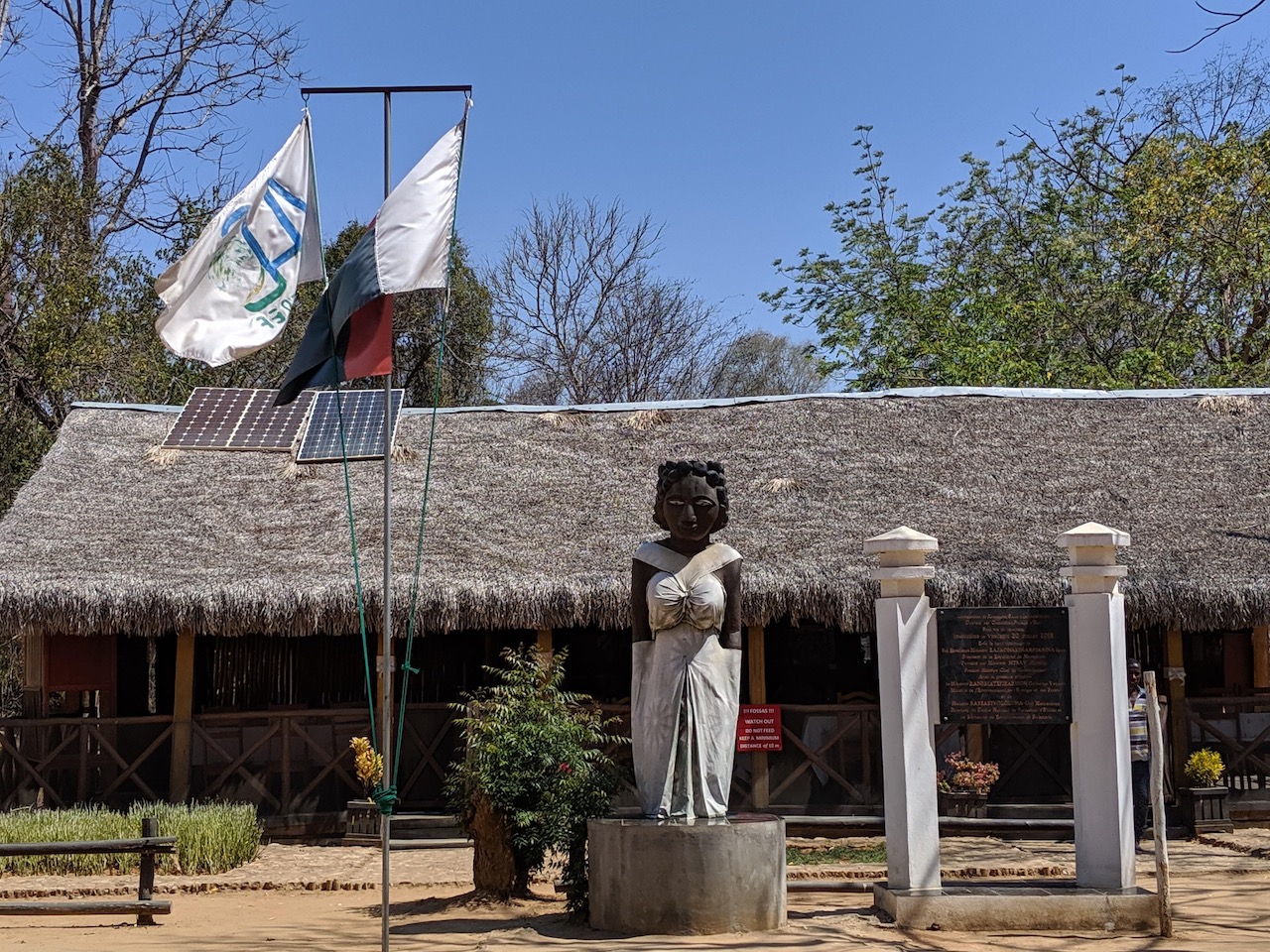
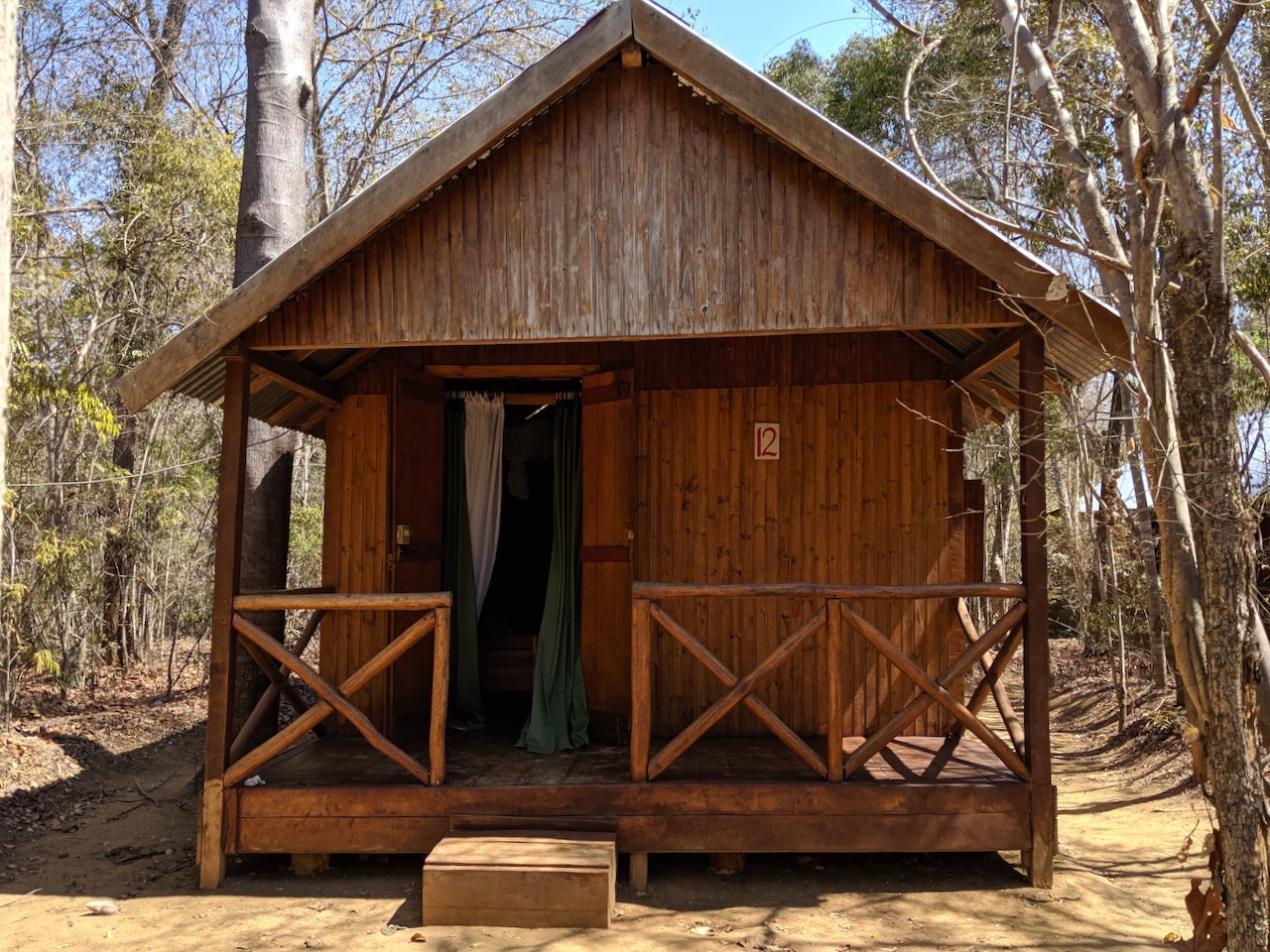


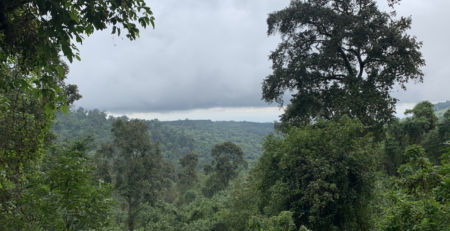

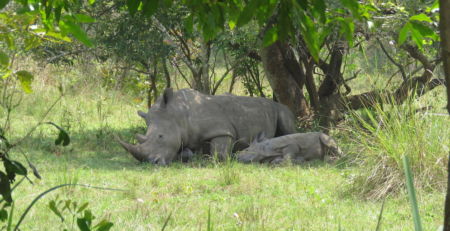
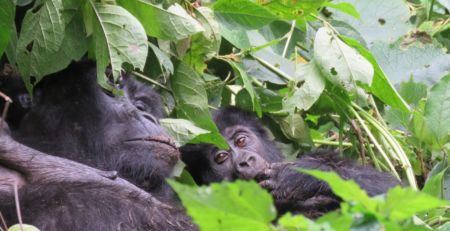
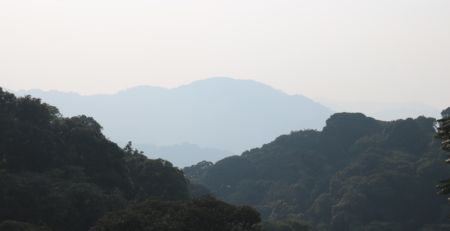
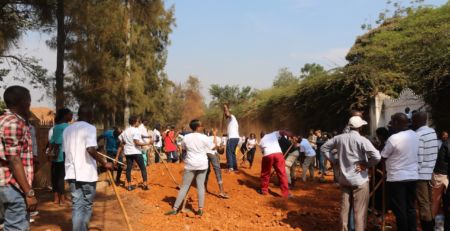
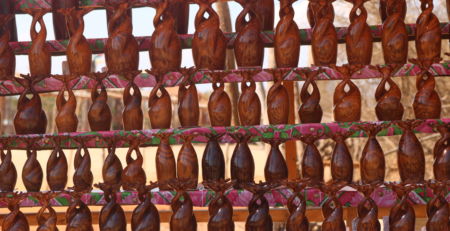
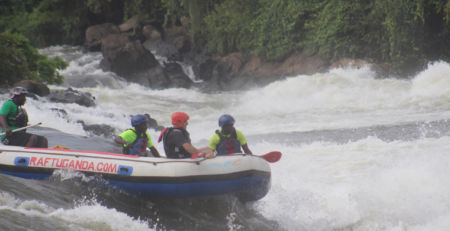

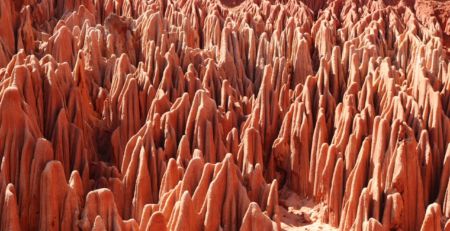
Leave a Reply